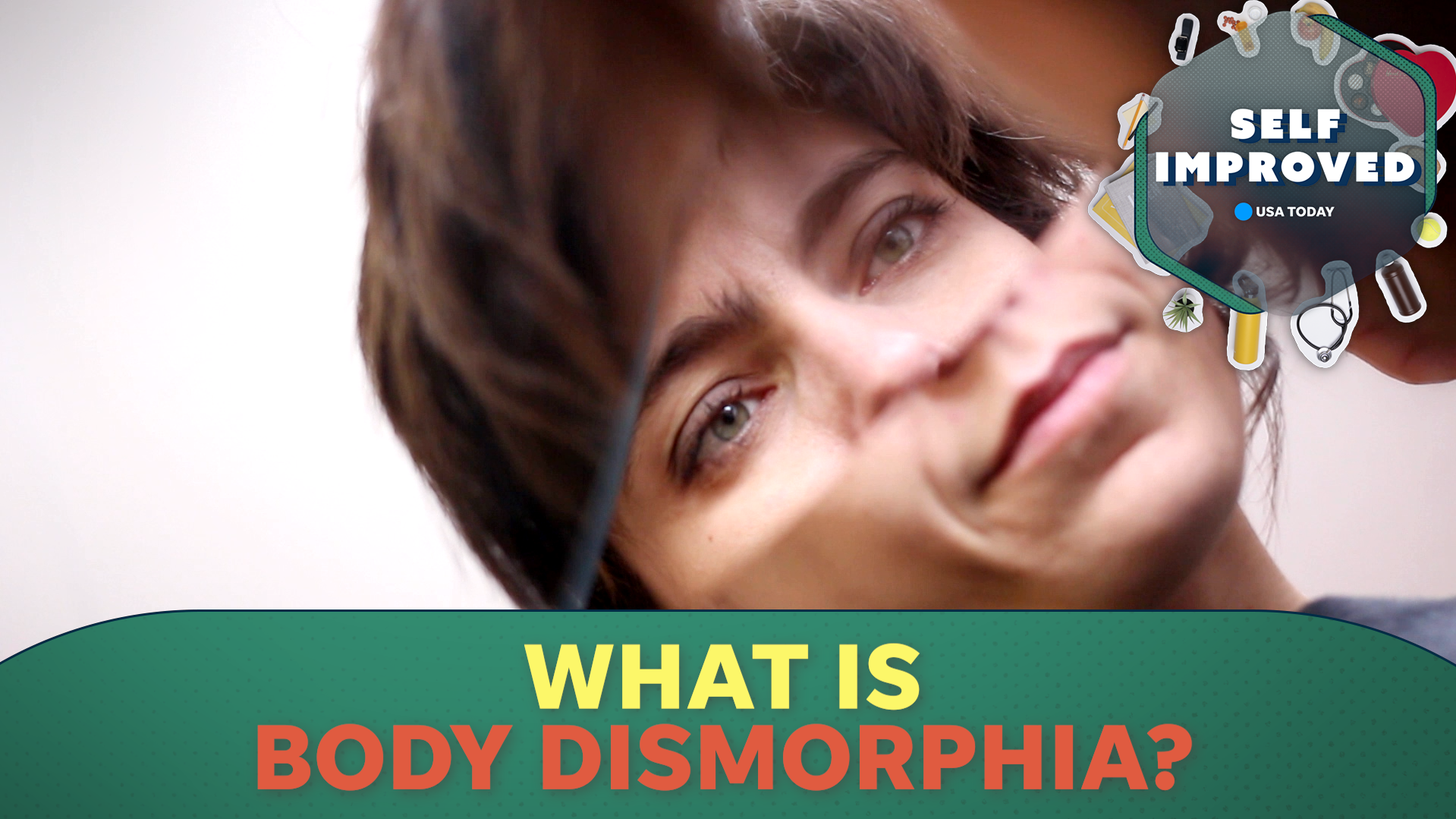
Psychologist explains what body dysmorphia is and how to manage it
Body dysmorphia shares similarities with other conditions such as anxiety and eating disorders.
If you or a loved one has struggled with an eating disorder, know this: You (and they) are not alone. Some 5% of the population has been diagnosed with one before, per the American Psychiatric Association. Even more revealing, research shows that up to 22% of children and adolescents struggle with disordered eating.
The most commonly diagnosed eating disorder is anorexia nervosa, with binge eating disorder being the second most common and bulimia nervosa being the third most frequently diagnosed eating disorder, according to the National Alliance for Eating Disorders.
Here’s what bulimia nervosa is, why it’s worrisome and how you can expect to see it treated if it touches your life or the life of someone you love.
What is bulimia nervosa?
Bulimia nervosa – commonly called bulimia – is usually thought of as a type of eating disorder where people vomit up the food they have just eaten in order to manage their weight. In reality though, the disorder is characterized by eating large amounts of food in a short amount of time (called binge eating), followed by an erratic type of behavior that compensates for the binge, per the U.S. National Institutes of Mental Health (NIMH). This can take many forms, such as forcing oneself to vomit or by using laxatives or diuretics.
Non-purging methods like compulsive fasting or excessive exercise following a meal are also sometimes diagnosed as a form of bulimia. For example, having to “sprint on the treadmill for 30 minutes after every binge,” is a form of the disorder, says Dr. Jessica Lin, an attending physician in the division of adolescent and young adult medicine at Cincinnati Children’s Hospital Medical Center. To be considered bulimia, she adds, episodes of binging followed by these compensatory behaviors “happen on average once a week for three months.”
While these binging and purging behaviors are the most common symptoms associated with bulimia, other symptoms include an intense fear of gaining weight, compulsivity or loss of control when it comes to eating, shame or guilt being associated with eating every meal, constipation, irregular menstrual periods, problems urinating or having low self-esteem. In fact, because of diminished self-esteem, “bulimia is associated with high rates of depression, anxiety, self-harm and suicidal ideation,” says Lin.
Some physical signs of bulimia include swelling of the salivary glands and the body’s lower extremities, calluses on the back of the hand due to fingers frequently being inserted into the mouth to trigger the gag reflex and something known as petechiae, “which are small capillaries under the skin of the face that have bled due to the pressure of purging,” says Dr. Steven Crawford, regional medical director of the Eating Recovery Center in Colorado.
Why is bulimia worrisome?
There are many concerning aspects and potential complications associated with bulimia.
Frequent vomiting or laxative and diuretic misuse can damage the stomach and intestines or lead to malnutrition and dehydration, throat and stomach ulcers, abnormal heartbeat and potential heart failure, pancreatitis, increased risk of acid reflux and GERD and, most commonly, tooth erosion and dental decay. “Fatigue and muscle weakness from over-exercise or electrolyte imbalances can also occur,” says Crawford.
Sometimes the condition can progress and become life-threatening. Research showsthat nearly 4% of the people diagnosed with the disorder are at risk from dying from bulimia, an increased risk that is most commonly due to heart failure, malnutrition or suicide.
Can you recover from bulimia?
Despite such concerning complications and adverse outcomes, “treatment for bulimia can be highly effective and result in positive life changes,” says Crawford. Such treatment, he explains, usually begins with a comprehensive assessment “to evaluate the severity of the patient’s illness, what behaviors they are engaging in, the frequency and the severity.”
Once this assessment has taken place, a treatment plan can be individualized to meet the specific needs of the patient, says Lin. Two elements that should be involved in every case, she explains, are a mental health professional, “as therapy is the top priority,” and a medical professional who can monitor the health of the patient and prescribe medicines as needed. “Some people also like to have a dietitian on their treatment team to help them figure out how to eat well and avoid binging,” she adds.
But such help has to first start with acknowledging that the behavior exists, says Crawford. “Doing so can be overwhelming, but can result in a positive outlook on one’s future,” he says. “It is important to remember that bulimia nervosa can be successfully treated and that recovery is possible.”
If you or someone you know is struggling with body image or eating concerns, you can call The National Alliance for Eating Disorders‘ clinician-run helpline from 9 a.m. until 7 p.m. EST at (866) 662-1235. If you are in crisis or need immediate help, please text “ALLIANCE” to 741741 for free, 24/7 support.









